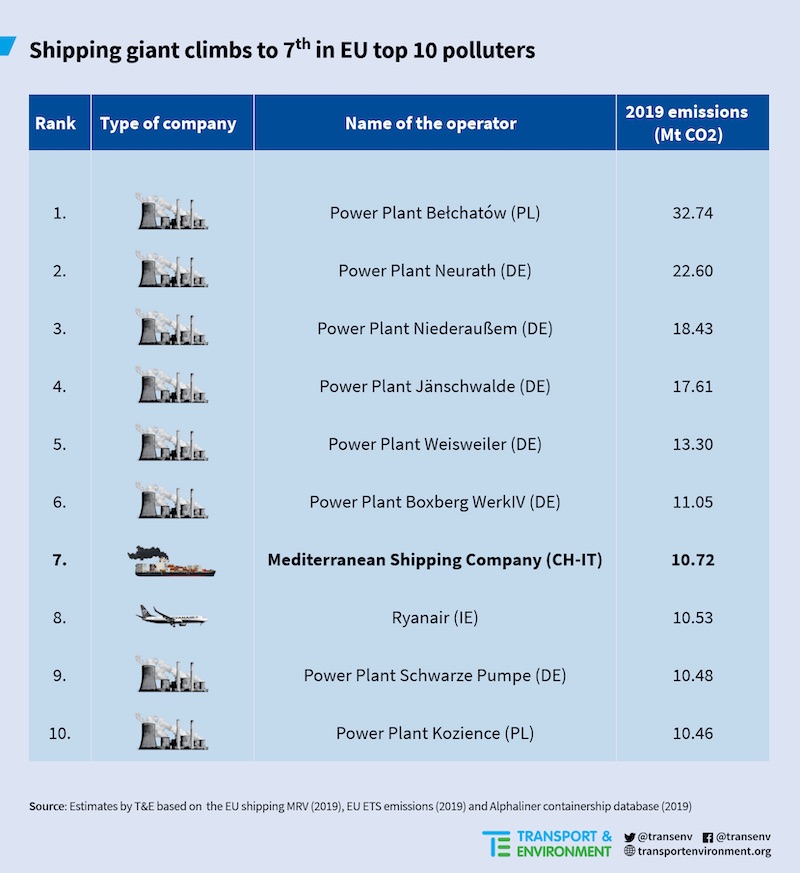European Parliament to vote this week on whether to include shipping in EU’s emissions trading system

The global shipping industry will find out tomorrow whether it will splinter in terms of green legislation. The European Parliament will debate today and tomorrow on whether to include shipping in the European Union carbon market as a way to regulate the sector’s climate impact, snatching the lead from the International Maritime Organization (IMO) in terms of handling the maritime green debate.
To achieve full-decarbonisation by 2050, European shipping must improve its carbon intensity by more than 40% between now and 2030
The EU’s executive has made plain its desire for shipping to contribute to its trillion-euro push to achieve a “climate neutral” economy by 2050.
It wants to curb shipping’s carbon footprint by adding it to the Europe-wide emissions trading system (ETS), which forces emitters to buy carbon permits when they pollute. The crucial vote is set for tomorrow.
EU data shows shipping accounted for 4% of the bloc’s total CO2 emissions in 2018, equivalent to the total carbon footprint of Belgium.
The plan to add shipping to the ETS goes against global regulator IMO’s plans to develop its own as yet unspecified measures to halve the sector’s greenhouse gas output by 2050, compared with 2008 levels. The IMO is hosting its own informal virtual discussions with stakeholders this week on short-term measures to slash shipping’s carbon footprint.
A host of global shipping organisations have been backing plans over the last year to launch a multi-billion dollar carbon levy to develop green shipping technology adoption.
Ahead of this week’s crucial vote on the future of shipping, NGO Transport & Environment published an updated list of Europe’s top 10 carbon emitters, which sees Mediterranean Shipping Company (MSC) leap into seventh place (see chart below) above Ryanair.
Faïg Abbasov, T&E’s shipping programme manager, commented: “The EU carbon market will raise much needed funds for greener shipping technology, but that’s not enough to clean up the sector. It needs to be done in tandem with CO2 standards that require ships to operate more efficiently and use green hydrogen. To achieve full-decarbonisation by 2050, European shipping must improve its carbon intensity by more than 40% between now and 2030.”


This all looks like posturing and positioning by remote bureaucracies. The use of hydrogen seems to be being advocated but is an energy intensive fuel source and requires very safe and secure production, storage, handling and use. The technology for mass production using wind power always seems like jam tomorrow. The maritime sector is a low level polluter compared to trucks and aviation.